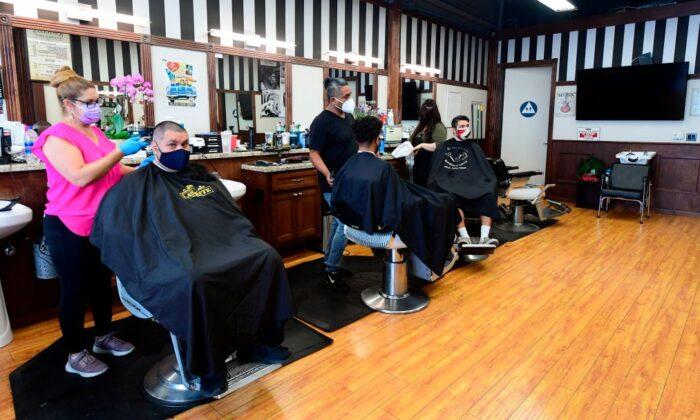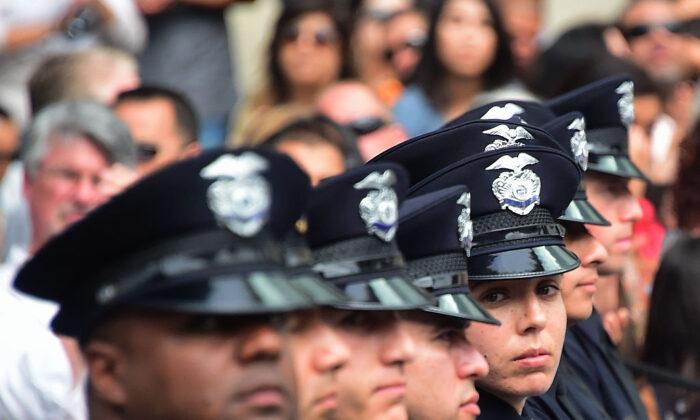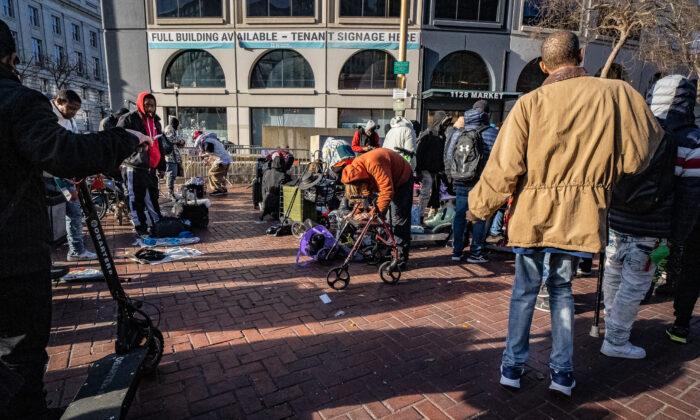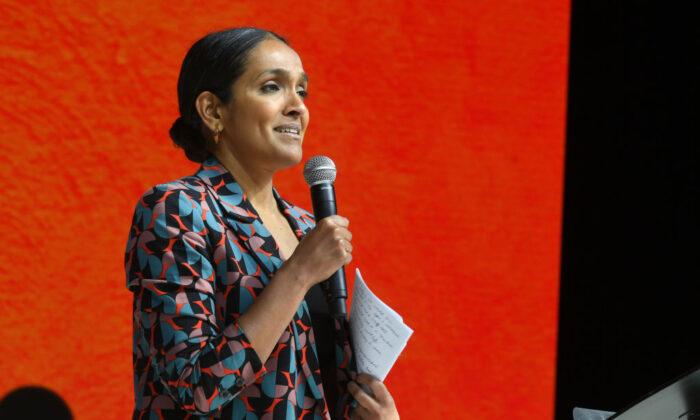IRVINE, Calif.—Orange County hair salon owners were permitted to reopen to 25 percent capacity on Aug. 31, under Gov. Gavin Newsom’s new reopening guidelines. But challenges still loom ahead for hair salons serving fewer customers and struggling to pay the bills.
And beauticians who run other types of salons say they’re left in the lurch.
From what nail salon owners have told him, it seems about half of them might close for good.
Nguyen said the industry is “very disappointed with the new tier system,” as they were expecting to receive guidelines for reopening.
The color-coded tier system places Orange County in purple, or “widespread.” Purple is the worst tier, essentially placing Orange County back where it was when it was on the state COVID watch list, under the previous classification system.
Counties that are in the purple tier report more than seven new cases for every 100,000 residents per day and have a positive testing rate higher than 8 percent.
Nguyen said, “nail salon owners have the protective equipment, we have the professional training for that. So to be discriminated against as an industry and not treated fairly—we know there’s many businesses right now that are opening indoors that are not as safe as nail salons.”

Hair Salon Business at 25 Percent
Stacy Sutherland, owner of Synergy Salon and Spa in Orange County, is now able to serve clients indoors—what’s left of her clients, anyway.She said staying under the 25 percent capacity maximum, unfortunately, won’t be hard to accomplish.
“The number one reason that people are not coming in is because of fear that we are the super-spreaders, and that the reason it was locked down in California so tightly is because we must be the reason why it’s spreading. [That’s] what our clients are telling us, even though there’s no science to back that up,” Sutherland told The Epoch Times.
She’s not sure her salon—which has been in business for 17 years—will make it another two months, even with the current guidelines. The damage from the initial shutdowns was too great, and she has taken on loans from the Small Business Administration.
“Even if I lose the salon, I’m still on the hook for tens of thousands of dollars that I now owe the Small Business Administration, which they are happily tacking on interest as fast as they can. I just got a statement—found out I’m already owing them over $2,000 worth of interest for two months,” she said.
She rents out booths in her salon to independent stylists, allowing them to make their own schedules. They’re self-employed, which makes it difficult for them to receive Pandemic Unemployment Assistance. She forgave their rent, but now to stay afloat, she’s had to start collecting.
Freelance Law and COVID Impacts
Another Orange County beautician, Jen, has been doubly hit—by the pandemic and by AB 5, the controversial law that went into effect Jan. 1, prohibiting most freelance work. Jen, who preferred not to publish her last name, is a freelance makeup artist and licensed esthetician. She specialized in events such as weddings.After AB 5, she was hoping to rework her business model and hadn’t made much progress when events came to a halt anyway.
“People aren’t getting married; the entire wedding industry shut down, and production shut down,” Jen told The Epoch Times.
“It’s not just makeup artists; it’s photographers, it’s musicians who rely on the wedding industry, it’s florists, it’s wedding planners,” she said.
Jen is frustrated and confused by the state’s classification system for counties. “I can’t even understand it. That’s the problem with it. It just seems like we’re going backwards.”





